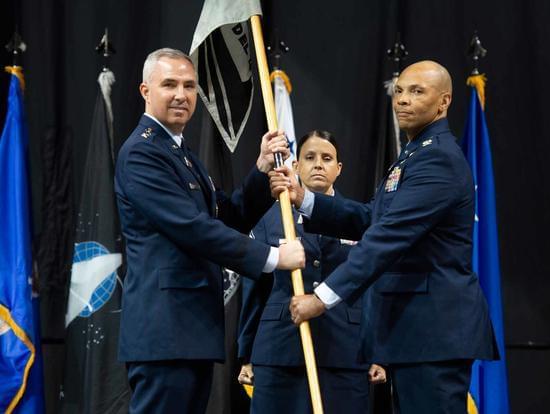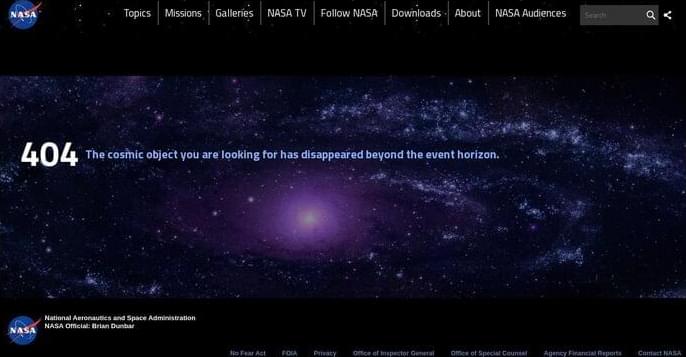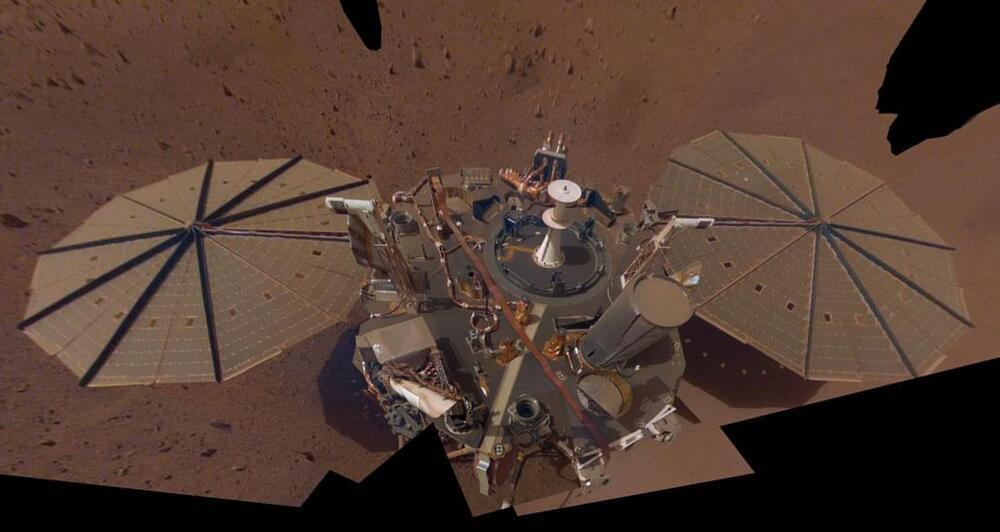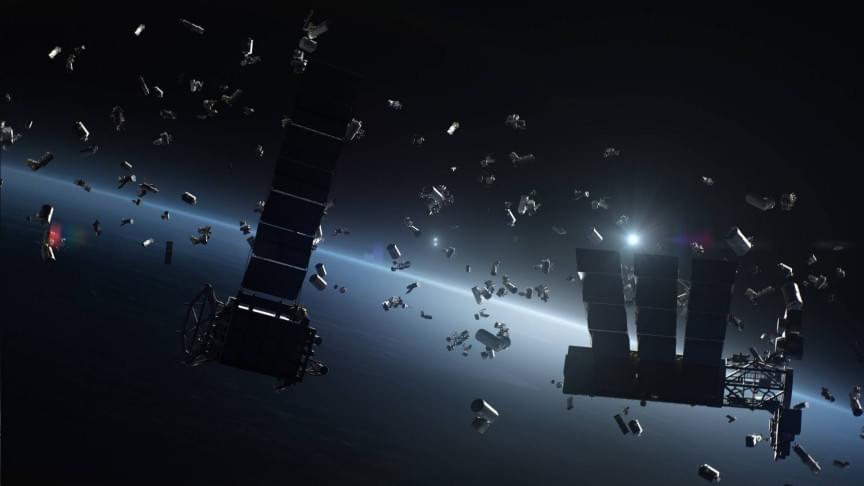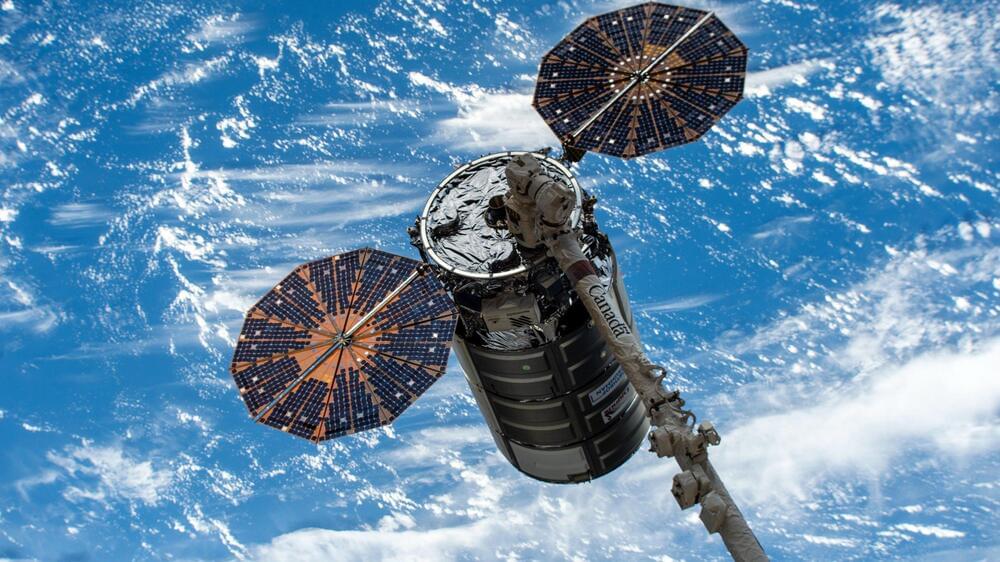The Space Force has assumed command of a new unit that will be focused on keeping an eye out for foreign threats in space, but it comes as Congress is warning the small service branch that it has to prepare to slow its growth.
Delta 18 and the brand-new National Space Intelligence Center were officially commissioned late last month at Wright-Patterson Air Force Base in Dayton, Ohio. It will be staffed by nearly 350 civilian and military personnel.
Delta 18’s mission is to “deliver critical intelligence on threat systems, foreign intentions, and activities in the space domain to support national leaders, allies, partners and joint war fighters,” according to a press release.
